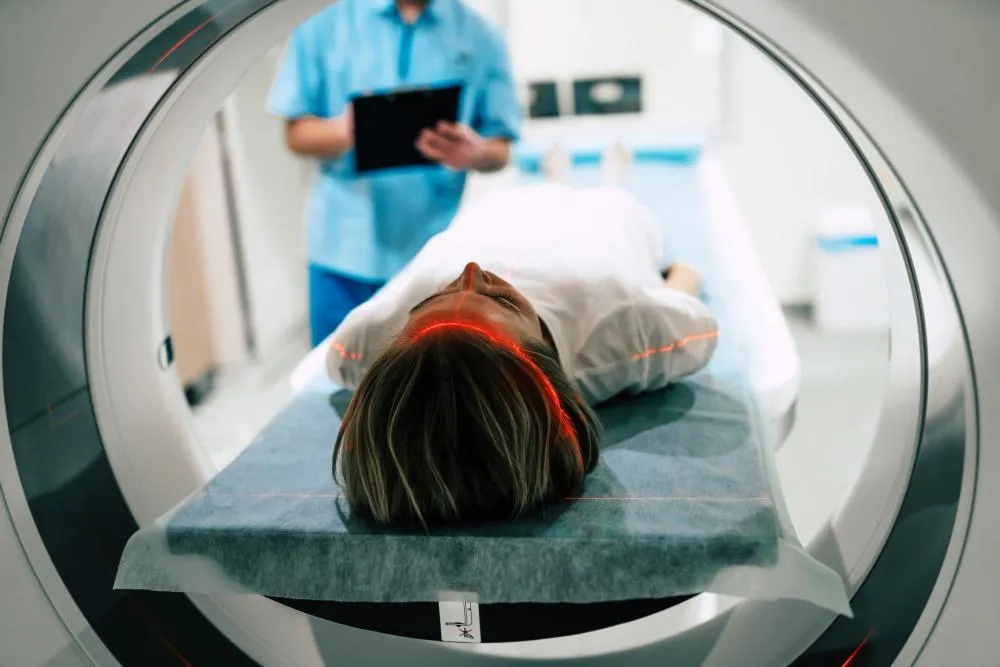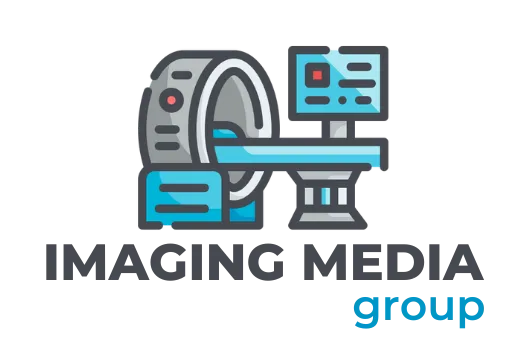
Streamlining Diagnostic Imaging Centers Operations: Leveraging Workflow Solutions for Transformation
Today, outpatient imaging centers are grappling with mounting administrative and patient demands. With the radiology sector facing the brunt of the highest inflation rates in decades and significant regulatory changes implemented by the Centers for Medicare & Medicaid Services (CMS), these centers are under immense pressure to stay afloat.
To cope with these demands, imaging centers often find themselves at the crossroads of investing in additional support or risking operational efficiency. However, adding more personnel implies greater expenses as labor costs account for approximately 51% of all operating expenses for diagnostic imaging centers. So how can these centers navigate these challenges without overburdening their operations? The answer lies in two simple words - workflow solutions.
The Growing Complexity of Imaging Centers' Practices
The intricate nature of modern outpatient imaging facilities necessitates more than a single practice workflow to support the mounting external demands and sophisticated patient cases. To address specific pain points, radiology practices should consider integrating various workflows into their operations.
The Need for Routine and Advanced Scheduling Workflows
Routine scheduling workflows are crucial for systematic scheduling in imaging centers. They are most beneficial when dealing with predictable scheduling scenarios such as mammography, bone density, ultrasound, and X-rays. However, there can be cases where standard scheduling and registration workflows may not suffice.
Situations involving asset inspection, insurance eligibility and authorization, patient questionnaire claims, or clinical decision support require advanced scheduling workflows. These workflows can seamlessly accommodate unpredictable paths through the scheduling process, thereby eliminating the need for manual intervention through automated patient communications.
The Importance of Back-Office and Project Workflows
In addition to these, it's prudent to incorporate back-office or administrative workflows that assist with tasks related to medical records, IT, research, billing, and compliance. As these tasks are traditionally labor-intensive and heavily decision-driven, the support from high-quality back-office workflows is crucial.
Project workflows, on the other hand, are typically created for one-time use to support initiatives such as rebranding efforts and web redesign projects. Although they may not be long-lasting, their significance is on par with the workflows used daily.
Workflow Solutions: The Key to Optimize and Streamline Operations
Whether your center is currently grappling with these external pressures or you aim to take proactive measures for the future, implementing flexible workflow solutions is a strategic move. However, it's critical to meticulously evaluate potential partners.
Traditional radiology information systems (RIS) offered by many vendors often claim to provide all the flexibility you'll need. However, these systems often fall short when it comes to streamlining complex workflows with unpredictable nuances or outcomes.
Platforms like AbbaDox stand out in this context. Unlike other workflow solutions, the AbbaDox platform is a cloud-native platform designed to simplify imaging centers' operations across their front and back offices.
Benefits of Implementing Workflow Solutions
Implementing workflow solutions like AbbaDox can offer several benefits:
Reduction in Manual Labor
Automating, optimizing, and digitizing workflows can save significant time, thereby substantially reducing overhead costs.
Minimization of Operational Costs
With overhead-related operating costs at an all-time high in the imaging industry, the simplicity and flexibility provided by workflow solutions can give your office a competitive edge.
Elimination of Capacity Constraints
Workflow solutions offer scalability, a crucial factor for any growing facility. Unlike standard radiology information systems, cloud-native platforms like AbbaDox are not limited in their capability to expand.
Implementing exceptional radiology software can streamline your workflows while ensuring your practice provides the best care for the patients. The ideal solution goes beyond supporting your traditional or routine scheduling workflows. It also aids in optimizing advanced scheduling workflows, back-office radiology workflows, and project workflows.
By opting for a platform like AbbaDox, your facility can benefit from radiology workflow software that can streamline any workflow solutions you need. At the same time, it can help you cut down on manual labor, operating costs, and capacity constraints.
Identifying Issues and Steps to Enhance Workflow Efficiency
To improve workflow efficiency, pinpointing problematic areas is critical. By leveraging clinical data and its effective application, practices can enhance their workflow efficiency. This process involves close collaboration with IT, staff training, and the implementation of digital systems that facilitate real-time information transfer.
Enhancing Communication and Visualizing Modality Improvements
Real-time communication is an effective strategy to manage data and avoid problems. It not only helps eliminate patient care delays but also prevents both clinical and medical record errors. Tools like Nudge, developed by eRad, offer a two-way messaging system that allows providers and staff to securely discuss and share encrypted patient data.
Further, simulation tools can offer education on how to maximize workflow. For example, Lowell General Hospital in Massachusetts partnered with Philips for a simulation program that analyzed their existing CT processes and tested alternatives to improve workflow. As a result, the hospital created a detailed, data-driven plan that improved patient throughput, daily processes, and CT efficiency within three months.
Leveraging Workflow Efficiency Tools
While healthcare consultants can provide valuable recommendations, implementing changes based on those suggestions alone can be challenging. An operational workflow efficiency platform, like Philips' PerformanceBridge, can help a practice capture clinical data from test-ordering through image acquisition and PACS loading. Using these analytics can save practices time and help them maintain care quality in ways that work best for their individual situations.
The Future of Workflow Efficiency Tools
The future holds promising developments for workflow efficiency tools. The next generation of products will likely fall into three categories - clinical tools, predictive analytics, and decision support/artificial intelligence. These tools will help optimize patient care delivery, forecast practice management issues, and assist with operations management.
In conclusion, when designing workflow efficiency plans, practices need to consider their individual needs. Implementing workflow solutions can transform the operations of diagnostic imaging centers, making them more efficient and patient-centered, while also reducing costs.
Still have questions? Want to see how we can help you achieve success? Reach out.
Use the form to the right to reach out to us and speak with a representative, and learn how you can grow your Imaging Center.
Let's Chat
Contact Us
© 2025 Imaging Media Group - All Rights Reserved
Imaging Media Group and SalesPilot CRM are divisions of Mixed Media Ventures

